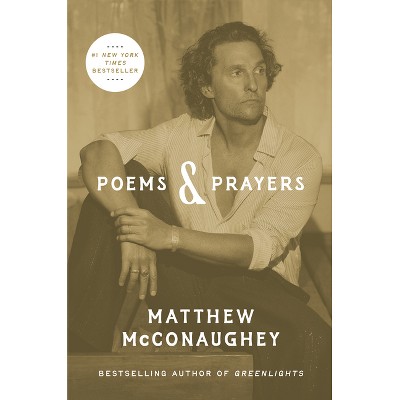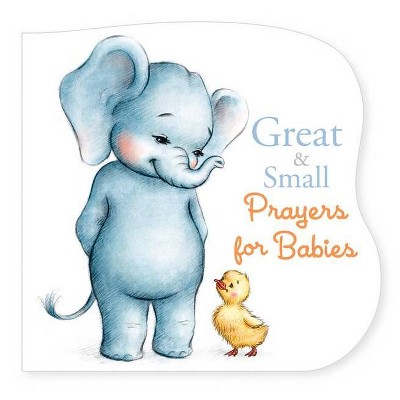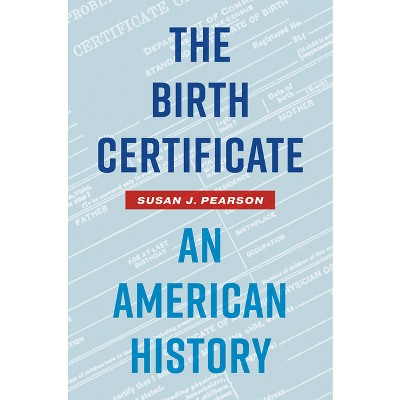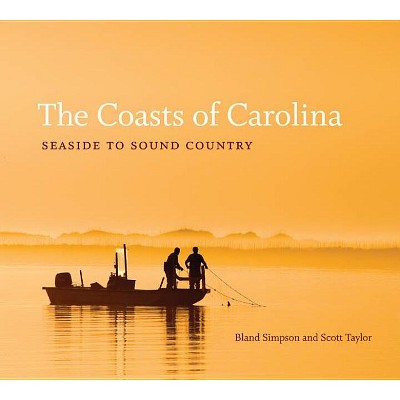Sponsored

American Universities and the Birth of Modern Mormonism, 1867-1940 - by Thomas W Simpson (Paperback)
In Stock
Sponsored
About this item
Highlights
- In the closing decades of the nineteenth century, college-age Latter-day Saints began undertaking a remarkable intellectual pilgrimage to the nation's elite universities, including Harvard, Columbia, Michigan, Chicago, and Stanford.
- Author(s): Thomas W Simpson
- 246 Pages
- Religion + Beliefs, Christianity
Description
About the Book
"The book situates American universities as a unique egalitarian cultural and institutional space for Mormons in nineteenth-century American society. They were places where Mormons could experience a personally transformative sense of freedom and dignity, equip themselves for taking advantageous paths in American society, and explore provisional reconciliations of religious and scientific perspectives. Contributing to an understanding of the evolution of the Church of the Latter-Day Saints in the context of American history, Simpson chronicles a Mormon intellectual pilgrimage made by hundreds of youth to the elite universities of the United States"--Book Synopsis
In the closing decades of the nineteenth century, college-age Latter-day Saints began undertaking a remarkable intellectual pilgrimage to the nation's elite universities, including Harvard, Columbia, Michigan, Chicago, and Stanford. Thomas W. Simpson chronicles the academic migration of hundreds of LDS students from the 1860s through the late 1930s, when church authority J. Reuben Clark Jr., himself a product of the Columbia University Law School, gave a reactionary speech about young Mormons' search for intellectual cultivation. Clark's leadership helped to set conservative parameters that in large part came to characterize Mormon intellectual life.
At the outset, Mormon women and men were purposefully dispatched to such universities to "gather the world's knowledge to Zion." Simpson, drawing on unpublished diaries, among other materials, shows how LDS students commonly described American universities as egalitarian spaces that fostered a personally transformative sense of freedom to explore provisional reconciliations of Mormon and American identities and religious and scientific perspectives. On campus, Simpson argues, Mormon separatism died and a new, modern Mormonism was born: a Mormonism at home in the United States but at odds with itself. Fierce battles among Mormon scholars and church leaders ensued over scientific thought, progressivism, and the historicity of Mormonism's sacred past. The scars and controversy, Simpson concludes, linger.
Review Quotes
"American Universities and the Birth of Modern Mormonism tells an important story of the development of Mormon intellectual life. The risks experienced by young Mormons and church leaders alike as students departed the 'kingdom' for education in the early part of the twentieth century is an essential and necessary part of the history of the formation of an educated Mormon community and the creation of a true Mormon intellectual community." -- Jan Shipps, Indiana University-Purdue University Indianapolis
"A convincing case that the American university was one of the midwives of modern Mormonism."--Southern California Quarterly
"After reading American Universities, readers come away sensing some of the impact that higher education has had on the Church" -- BYU Studies Quarterly
"An admirably nuanced narrative." -- Journal of Mormon History
"An important, well-written, and engaging volume. . . . Should now be required reading for any Mormon academic, regardless of their field." -- Association for Mormon Letters
"Excellent scholarship on social and educational history as it pertains to religion. Highly recommended." -- CHOICE
"Provides an excellent prologue of a critical period leading to the coming of age of modern Mormons." -- History of Education Quarterly
"Simpson's insights should be incorporated into future discussions on what is often an oversimplified historical narrative." -- Reading Religion











